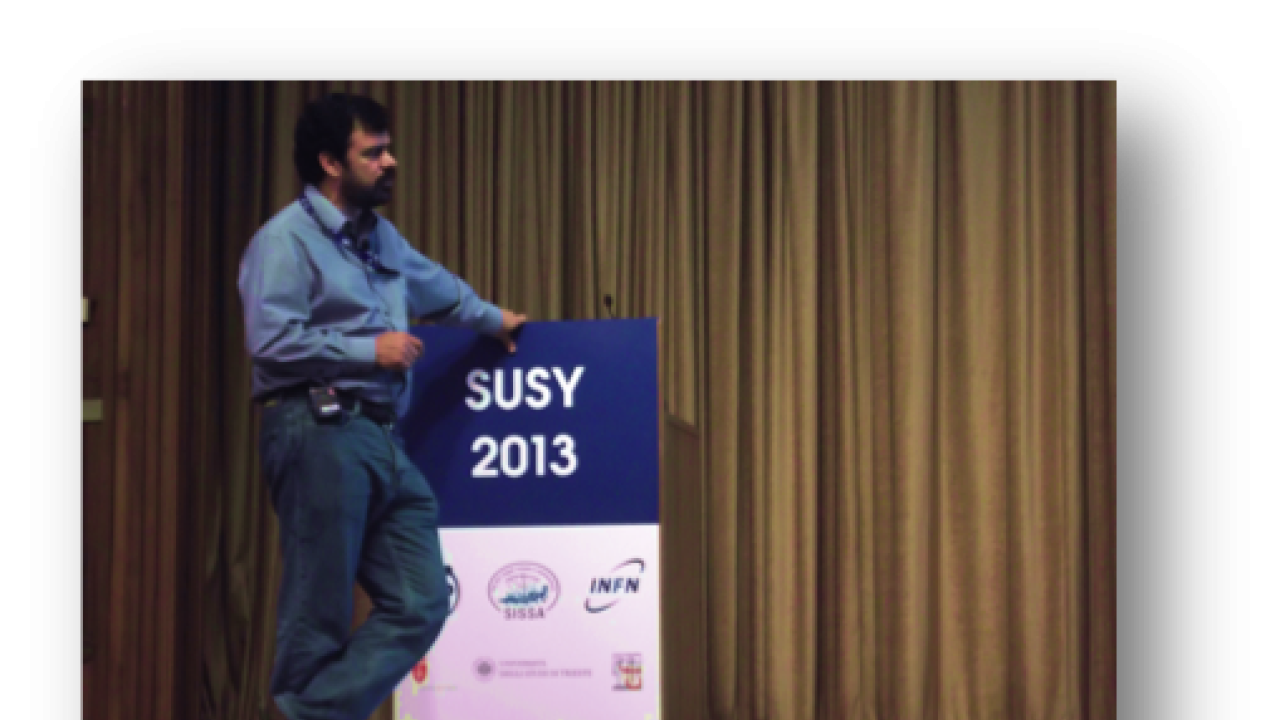
For Carlos Wagner, the discovery of the Higgs was more the beginning of a new chapter in physics than the end of the Standard Model novel. Some of the questions Wagner and other physicists are now chasing include: what happens when a Higgs boson decays? Which particles do Higgs bosons interact with and how--a term called Higgs coupling?
Wagner, a professor at the University of Chicago and the head of the Theory Group for the High Energy Physics Division at Argonne National Lab in Illinois, USA, began investigating the Higgs boson during his years as a postdoc in the early 1990s at Purdue University (Indiana, USA), the Max Planck Institute (Munich, Germany) and CERN (Geneva, Switzerland). Some of his early research placed limits on the energy ranges in which experimental physicists might find a Higgs boson and the particle's mass.
Since the LHC's discovery, scientists now know that the Higgs boson lies at about 125 GeV. Less accurate are the connections between Higgs bosons, the Higgs field and the particles with which they are connected through coupling,meaning that when particles in one system change they also affect particles in another system.
Physicists have yet to accurately determine all Higgs coupling systems. As a result, there are still many Higgs coupling possibilities out there to explore, Wagner said during his talk at the SUSY 2013 conference at ICTP.
In his talk, "Low Energy Supersymmetry and Higgs Physics," Wagner introduced how he and his colleagues are applying supersymmetry models to identify different possible Higgs couplings. That way, when the LHC comes back on line in 2015, experimentalists will have some theoretical models from which to study to explain new Higgs data.
Wagner also discussed the search for possible non-standard Hiss bosons--particles that do not satisfy the conditions of the Standard Model and may be produced through certain Higgs couplings. Moreover, what happens when non-standard Higgs bosons decay is another mystery Wagner and his research team at Argonne look forward to investigating.
"As these measurements become more precise, they constrain possible extensions of the Standard Model, and they could lead to the evidence of new physics," Wagner said in his talk. "It is worth studying what kind of effects one could obtain in well motivated extensions of the Standard Model, like SUSY."
This story is part of the Focus Feature on SUSY 2013. Go to the Focus Feature webpage for the complete coverage.













